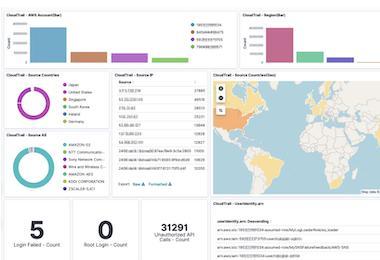How Endeavor Streaming Accelerates Metrics with Logz.io
The platform development team at Endeavor Streaming has a critical mission — from balancing operation of the company’s leading digital video platform, at scale, to ensuring everything in their complex cloud environment is performing as expected. Enabling the company to confidently build on top of its platform and continue to evolve their product delivery is thereby also dependent on maintaining detailed visibility into its supporting cloud applications and infrastructure.











